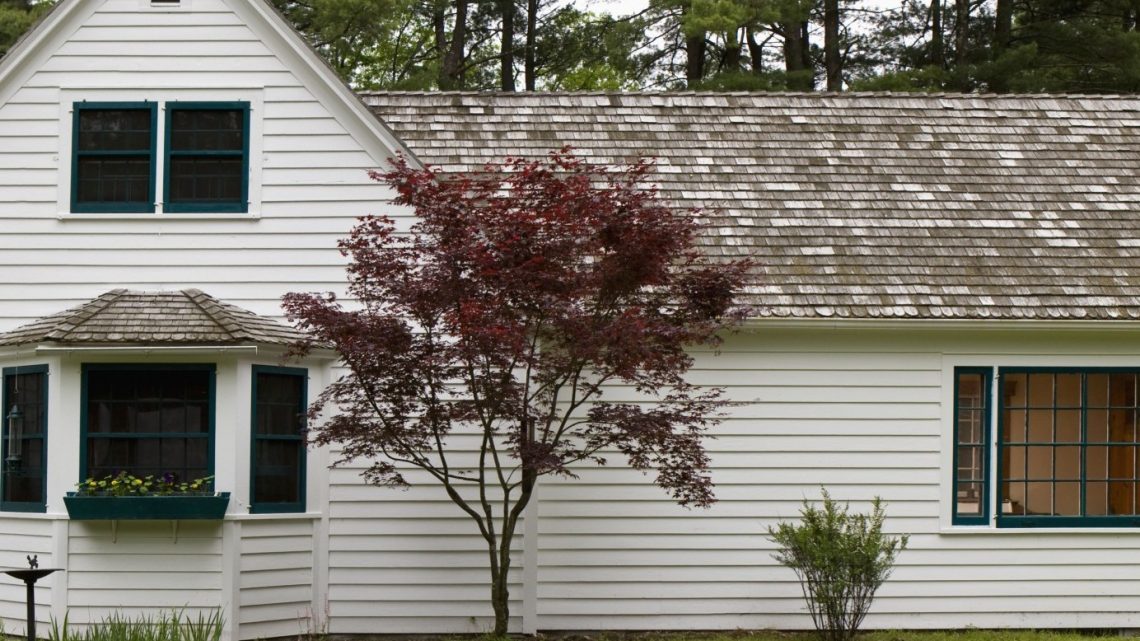Did any of your New Year’s resolutions have to do with being friendlier to the environment? We’ve probably all heard the slogan Reduce, Reuse Recycle. These concepts are not new—many of our grandparents followed them as a way of life. They just make good sense.
If you didn’t have the opportunity to learn about these concepts as a child, here are a few ways to live green that you may not have thought of yet (or used to do but kind of forgot about).
Let’s start with housecleaning. Try using dish cloths or old T-shirts cut into rags instead of buying sponges or paper products that will end up in the landfill. You can make your own cleaning products from baking soda, vinegar, lemon juice and olive oil. When purchasing cleaning products look for ones made with toxin-free and biodegradable ingredients, such as those found at methodhome.com.
Now for the bathroom…did you know that a low-flow shower head (costs $20-$50) can save 3-4 gallons of water per minute while you shower? To save water used for flushing toilets, install a low-flow toilet (starting around $250) that uses no more than 1.6 gallons per flush, about 30 percent less than conventional models. If that’s not in your budget, you can conserve 10 or more gallons of water daily by reducing the amount of H20 used to flush your toilet. Put pebbles in a plastic gallon jug, fill with water and carefully place into the tank, avoiding the working parts.
Other ways of living green in the bathroom include using toilet paper made from recycled fibers and recycling plastic shampoo and soap containers.
In the kitchen, try composting food scraps. All you need is a container with a lid to control odors and a place outside to make your compost. (Some people choose to make it in their garage.) Remember to bring reusable bags for grocery shopping. And, of course, recycle plastic, glass and tin food containers. For specifics on recycling things like batteries, cell phones, light bulbs and old TVs, visit Earth911’s recycling database.
If you’re really serious about the environment, conduct an energy audit of your home to find out where you’re wasting energy and look for ways improve. Contact your local power company to find out if you can purchase solar and/or wind power. You can also buy carbon offsets equal to the amount of energy your home uses.










